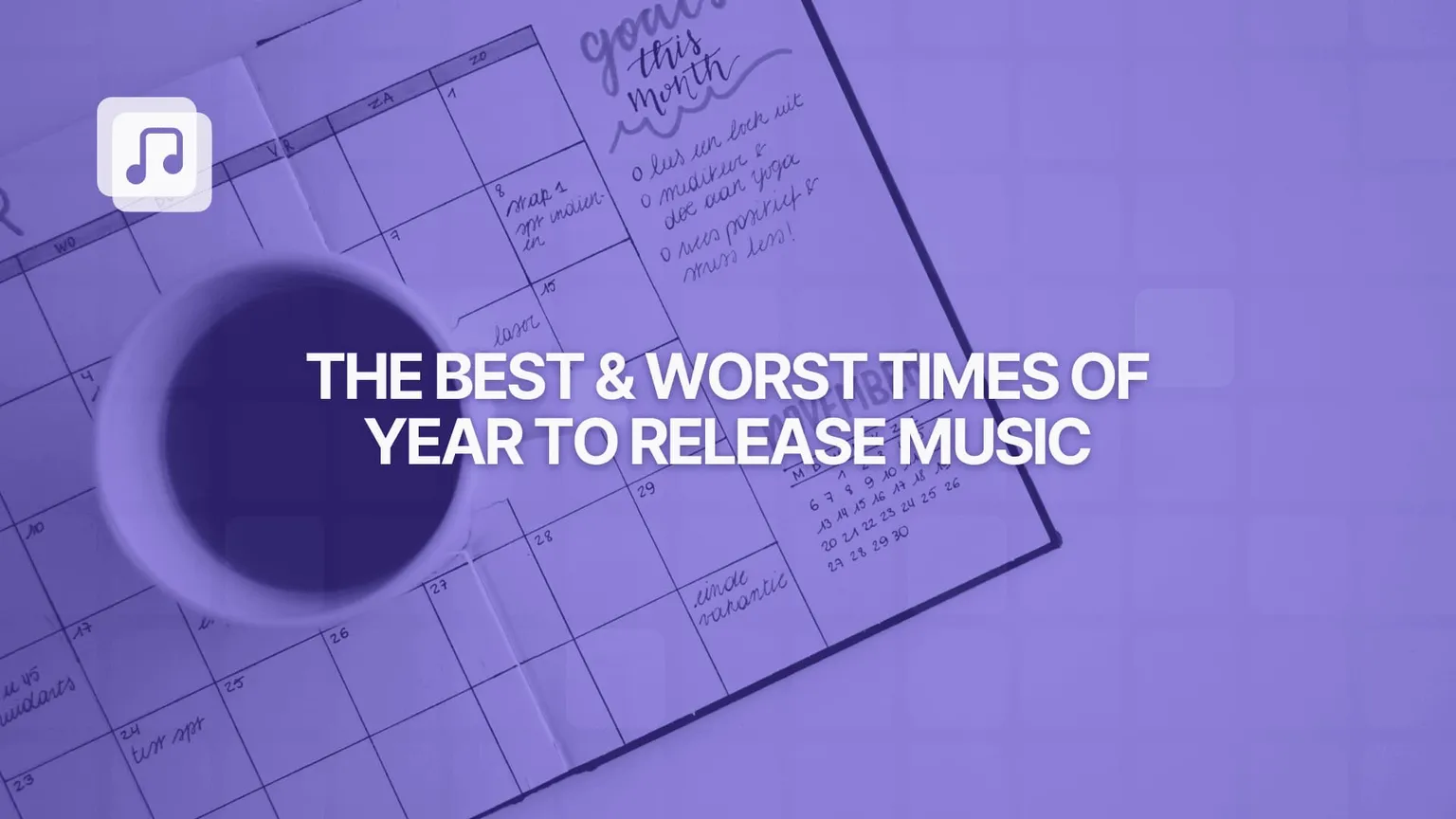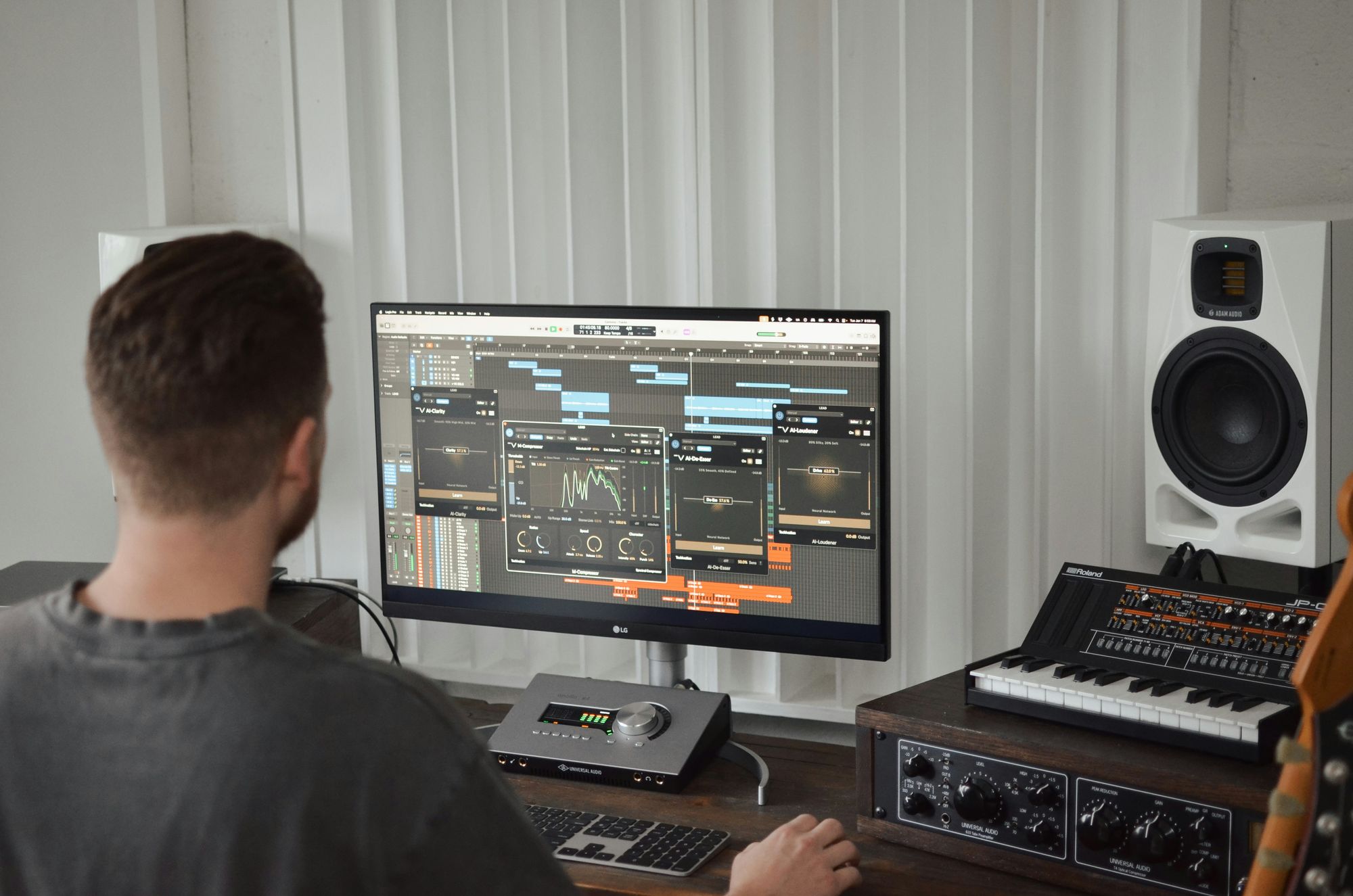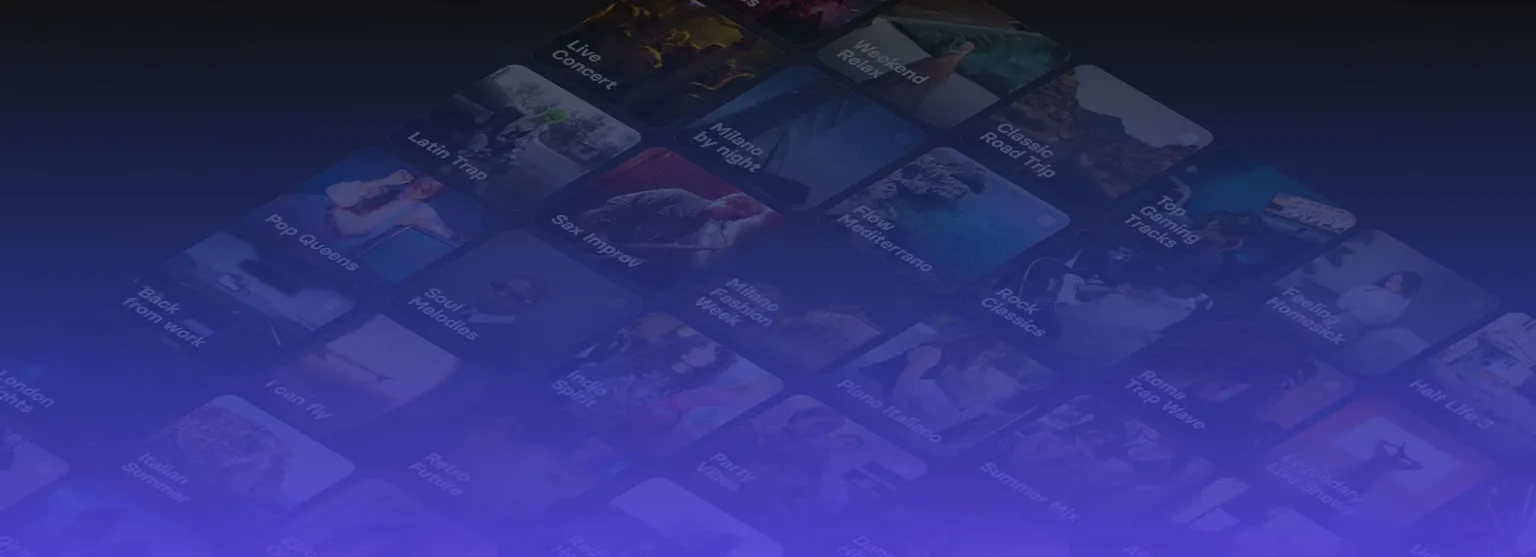
Timing plays a pivotal role in determining whether your new single soars or sinks. Dropping a track at the right moment can catapult it into playlists, spark viral buzz, and cement its place in listeners’ hearts.
Conversely, releasing at an inopportune time might leave it overlooked amidst crowded markets or distracted audiences. For artists, producers, and labels, understanding seasonal trends and listener behavior is key to nailing the perfect release window.
In this detailed guide, we’ll dive into the optimal and challenging times of the year to share your music, offering actionable insights to boost visibility and engagement in 2025.

Before exploring specific seasons, let’s unpack why timing is so critical. The music industry operates on cycles—listener habits shift with holidays, weather, and cultural moments.
Streaming platforms like Spotify and Apple Music see playlist updates spike at certain points, while fans’ attention waxes and wanes. Releasing strategically aligns your track with these patterns, increasing its odds of landing on curated playlists, gaining traction on social media, and resonating with your target audience.
So, when are the sweet spots, and when should you hold back? Let’s break it down.

The prime times to drop new tracks
Certain months offer a golden window for launching music, balancing audience receptivity with lower competition. Here’s a closer look at the best times to release and why they shine:
Early spring (February to April)
After the holiday haze lifts, early spring emerges as a prime launchpad. February and March, in particular, signal a fresh start—playlists reset, and fans crave novel sounds to shake off winter doldrums. This period also sets the stage for summer anthems, giving your track time to build momentum.
Data from streaming platforms often shows a surge in playlist submissions around this time, as curators hunt for the next big thing.
Pre-summer (May to June)
Late spring into early summer is a hotbed for new music. As temperatures rise, so does anticipation for seasonal hits—think road-trip bangers, beach-party beats, or chill sunset vibes.
Listeners are actively curating their summer playlists, making May and June ideal for capturing their ears.
A well-timed drop here can cement your song as the soundtrack to vacations and outdoor fun. Plus, with major artists often saving their heavy hitters for mid-summer, you’ve got a window to stand out before the big guns roll in.
Fall (September to October)
Post-summer, the air cools, and attention shifts to fresh autumnal sounds. September and October strike a balance—competition eases after summer blockbusters, yet it’s early enough to avoid the holiday crush.
Fans and curators alike seek moody, introspective, or cozy tracks to match the season’s vibe. Releasing in this window lets your music breathe, offering a chance to dominate playlists before the year-end chaos kicks in. It’s also a smart time to build buzz heading into award season or winter tours.

The trickiest seasons for new music
Not every month is a winner for releases. Some periods are plagued by oversaturation, distracted listeners, or entrenched traditions that drown out newcomers. Here’s when to tread carefully:
Holiday season (November to December)
Late fall through winter is a minefield for new tracks. November ushers in holiday prep, and by December, festive classics from Mariah Carey to Bing Crosby dominate the airwaves. Streaming playlists pivot to seasonal staples, and listeners are too busy shopping, partying, or traveling to dive into unfamiliar tunes.
Unless your release is a holiday-themed banger with a clear niche—like a modern twist on Christmas vibes—it’s likely to get lost in the jingle-bell shuffle.
Data backs this up: new releases in December often see lower engagement compared to other months.
Mid-summer (July to August)
Peak summer sounds like a dream—sunshine, festivals, and good vibes. But for emerging artists, it’s a double-edged sword. July and August are when industry titans drop their chart-topping singles, backed by massive marketing budgets.
Smaller acts risk being overshadowed by these juggernauts. Plus, fans are often in vacation mode—lounging by pools or hiking trails—rather than scouring platforms for fresh finds. While a summer anthem could theoretically break through, the odds are stacked against lesser-known names during this blockbuster season.
Year-end wrap-up (Late December)
The final weeks of the year are a tough sell. As December winds down, attention turns to “Best of 2025” lists, Spotify Wrapped recaps, and established hits. New releases struggle to pierce this reflective noise, as listeners cement their favorites and critics lock in their reviews. Dropping a track now means competing with a flood of retrospectives—not an ideal launchpad for building momentum into the new year.

How to fine-tune your release strategy
Picking the right season is only half the battle—execution seals the deal. Here are practical tips to optimize your music drop, no matter the time of year:
- Know your audience: Dive into your fanbase’s habits. Are they streaming more on weekends? Do they engage most on Instagram or TikTok? Analytics from platforms like Spotify for Artists can reveal peak activity windows, letting you align your release with their rhythms.
- Match your genre: Timing should vibe with your sound. Upbeat dance tracks or pop bops thrive in pre-summer hype, while folk, indie, or ambient cuts might resonate more in fall’s introspective mood. A mismatch—like dropping a somber ballad in July—could dampen its impact.
- Build a marketing runway: Don’t drop cold. Start teasing 4-6 weeks out with snippets, behind-the-scenes content, or pre-save links. Social media platforms like X and Instagram are goldmines for drumming up excitement—share short clips or ask fans to guess lyrics to spark buzz.
- Target playlists early: Curators for Spotify, Apple Music, and YouTube playlists need lead time. Submit your track at least a week before release (ideally more) to snag a spot. Peak seasons like spring and fall see slots fill fast, so plan ahead. Find here a guide on how to send your music to Spotify's editors: How to enter Spotify's editorial playlists
- Leverage cultural moments: Tie your drop to events—think festival announcements in spring or back-to-school energy in fall. A clever hook can amplify relevance and shares.
Case studies: timing wins and misses
History offers lessons. Taylor Swift’s Evermore (December 2020) defied holiday odds with its folk-pop allure, proving a strong fanbase and thematic fit can buck trends. Meanwhile, smaller acts dropping in July often vanish beneath giants like Beyoncé or Drake, whose summer releases dominate headlines.
The takeaway? Big names can bend rules, but emerging artists need precision.
Final thoughts on nailing your music release
Timing your music drop is both art and science. Early spring (February-April), pre-summer (May-June), and fall (September-October) stand out as the strongest windows to connect with listeners and curators. On the flip side, the holiday rush (November-December), mid-summer (July-August), and year-end wrap-ups (late December) pose steep challenges for breaking through. Pair these seasonal insights with a killer promo plan—think social teasers, playlist pitches, and fan engagement—and your track’s odds of shining soar.
Boost now your next release with Matchfy
In 2025, the music landscape will keep evolving, but one truth holds: a well-timed release can make or break your moment. Study your audience, align with your genre, and strike when the iron’s hot. Whether you’re an indie artist or a label-backed talent, the calendar is your ally—use it wisely, and let your music take flight with Matchfy. This platform can help you analyze trends, connect with fans, and optimize your drop, ensuring your timing hits all the right notes.

